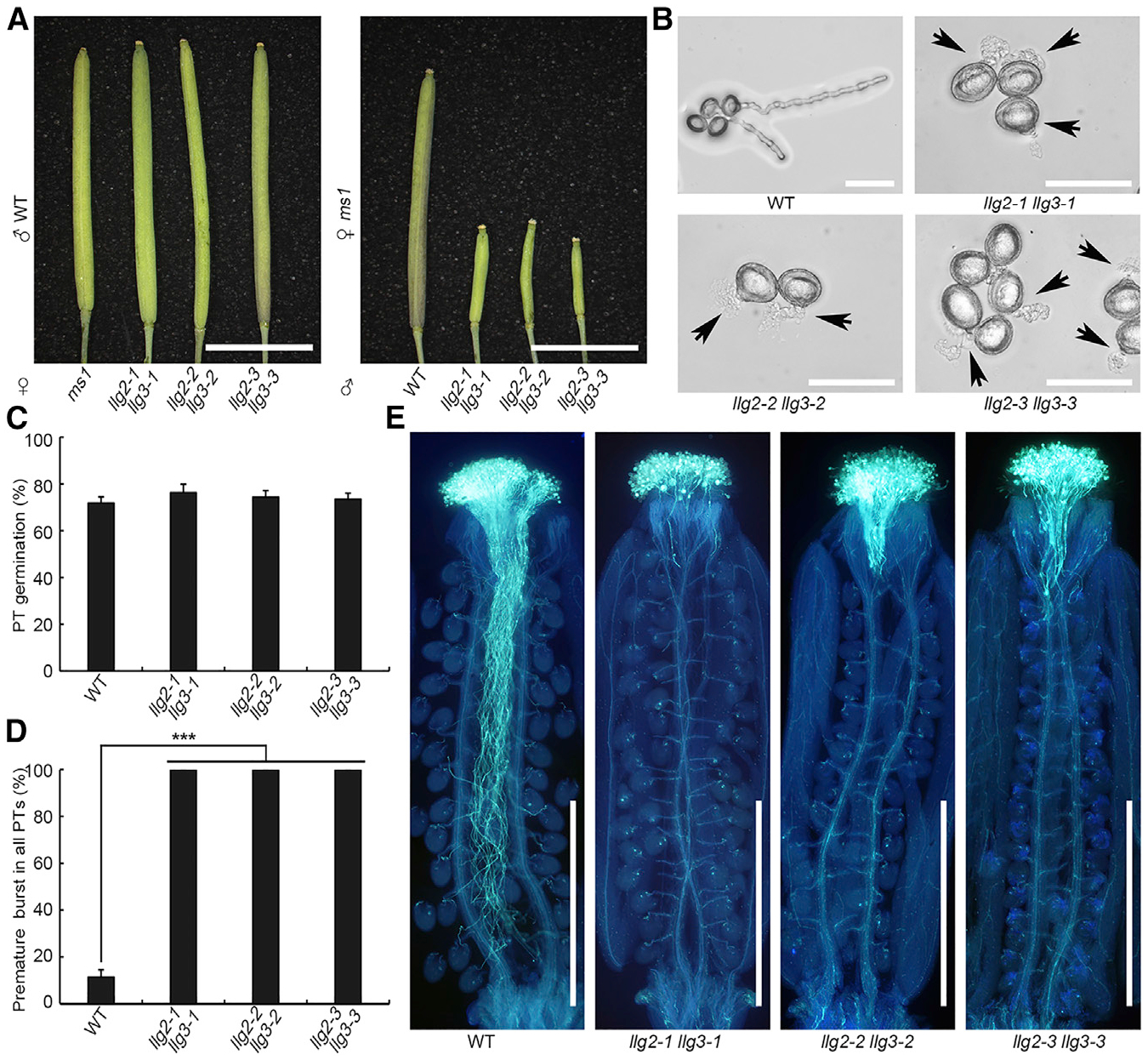Figure 2. Loss of LLG2/3 Contributes to Defects in Pollen Tube Integrity.

(A) Crosses between llg2 llg3 homozygous double mutant, WT, or ms1 plants. llg2 llg3 double mutant plants were crossed with WT pollen grains (left) or as pollen donors to the stigmas of ms1 mutant plants (right). More than 10 siliques in each group were observed, and pictures were taken 3 days after pollination (HAP).
(B) In vitro pollen germination assays of WT and double mutants. Pictures were taken after 7 h incubation. Arrows show bursting pollen tubes.
(C and D) Pollen germination rate (C) and overall premature bursting rate of pollen tubes (D) of WT and llg2 llg3 double mutants in in vitro pollen germination assays. Phenotypes were analyzed after incubation for 7 h. Data are mean ± SD; at least 1,990 pollen grains and tubes were analyzed in each group; ***p < 0.001 (Student’s t test).
(E) Aniline blue staining of ms1 siliques pollinated with WT and llg2 llg3 pollen. Pictures were taken 20 HAP. More than 20 samples were observed in each group. PT, pollen tube.
Scale bars: 5 mm (A); 50 mm (B); and 1 mm (E).
See also Figures S3 and S4.
